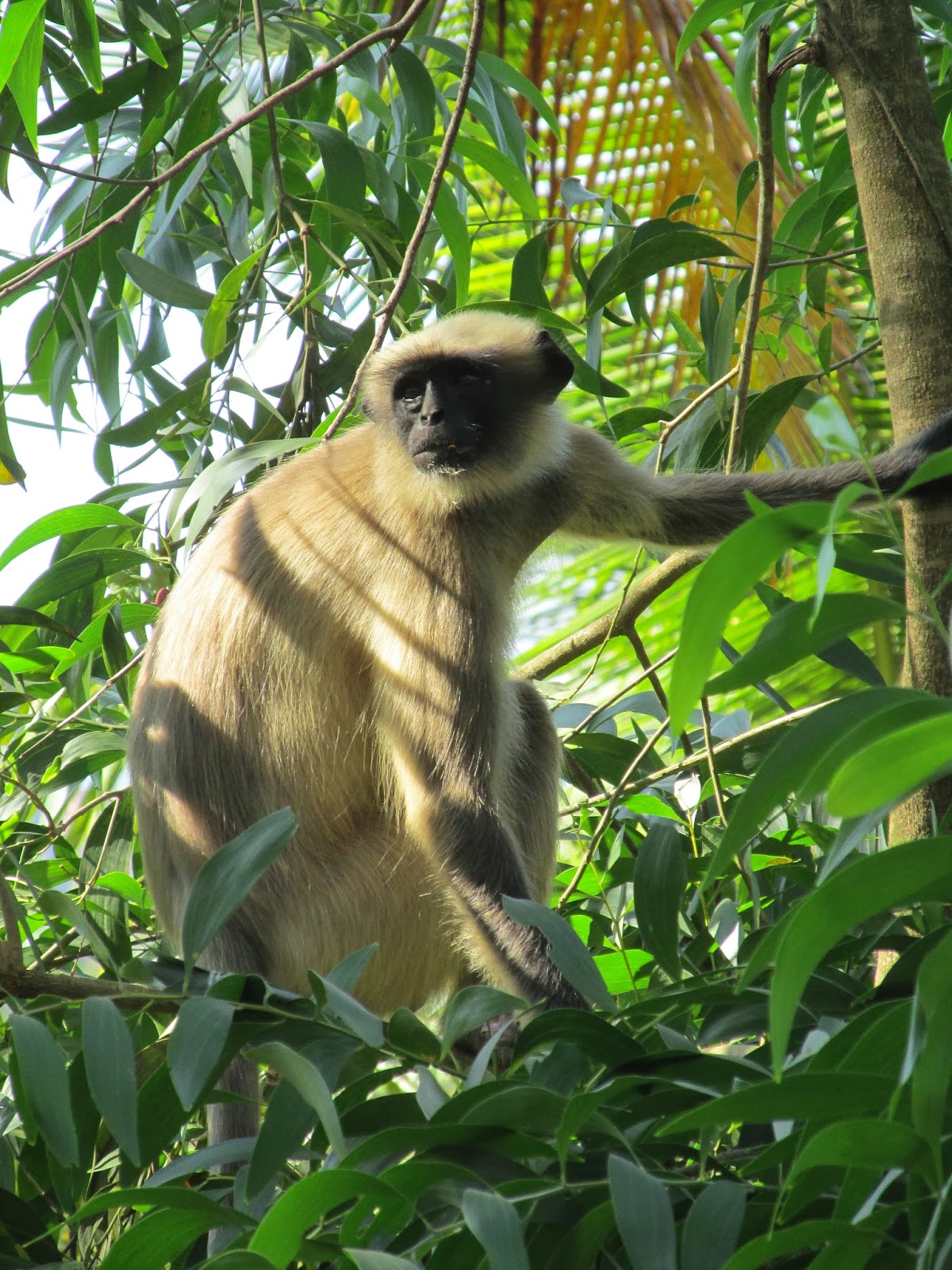In Pedagogy
of the Oppressed, Paulo Freire poses the idea that education can be
oppressive or liberating.
Oppressive education falls under what he calls the ‘banking’ system, in
which teachers deposit information into students’ heads, which is later ‘cashed
in’ for use to fulfill some role in society. It is unidirectional, and prolongs a static, hegemonic state
in the world – one which limits human beings’ potential to become more fully
human. Liberating education, on
the other hand, is two-directional.
The teacher becomes teacher-student and the student becomes
student-teacher through the practice of dialogue.
In
speaking of the teacher’s role within this liberating educational system, where
dialogue is the defining pedagogical encounter between teacher and student,
Friere points out that it is easy for teachers (here, akin to revolutionary
leaders) to become oppressors, despite their intention to do just the opposite:
“Unfortunately, however, in their
desire to obtain the support of the people for revolutionary action,
revolutionary leaders often fall for the banking line of planning program
content from the top down. They
approach the peasant or urban masses with projects which may correspond to
their own view of the world, but not to that of the people. They forget that their fundamental
objective is to fight alongside the people for the recovery of the people’s
stolen humanity, not to ‘win the people over’ to their side” (94-95).
He
continues:
“It is not our role to speak to the
people about our own view of the world, nor to attempt to impose that view on
them, but rather to dialogue with the people about their view and ours. We must realize that their view of the
world, manifested variously in their action, reflects their situation in the world” (96).
This
role, as a liberating teacher, is in, fact, what I was asked to take on by
becoming a program leader on this Thinking Beyond Borders gap year
program. Although I might not have
known that when I accepted the position, I learned this through our
orientation. I may not totally
have understood this pedagogy then, this relationship between the student,
teacher and content that TBB was trying to achieve, but I got the gist of
it. I knew that it would mean
presenting information objectively, facilitating discussion around the
concepts, and letting the students come to their own conclusions about
them.
I
recognized the challenge that this would be for me: I was an opinionated activist. I had developed my own thoughts and opinions about each of
the themes we would explore through years of experience and study. I had turned my thought into action in
several different areas, letting my opinion shape my actions, and my inactions
- my interactions in their entirety with the world. As someone who had already come to a place of action, I
recognized the challenge that it would be for me to take a step back and once
again become a learner. In that, I
mean that this pedagogy asks me to not push my own opinions upon the students, but
instead to be open to the possibility of new insight from them, and from the
dialogue that would come.
In
one way, I saw this job as an opportunity to change the world in the direction
that I wanted the world to go. I
saw/see education as a powerful tool that could/can be used to shape peoples’
perceptions of the world and thus their actions in the world. I saw education as a way to get people
on my side, to become aware, so that we could fight the good fight
together. Despite my awareness of
what my role is supposed to be, I
have had a hard time reconciling that with what I actually do. For me to
accept and absorb Freire’s thoughts (and truly take on the role I was given)
would be for me to thus accept my role as an oppressor in this educational
environment.
Looking
back on the past four months, I realize I have had a hard time breaking free of
my own oppressive (oppressed?) nature.
Knowing what power I might hold on the students, I have restrained
myself from directly giving my opinion, except when the students are persistent
to hear it. Yet I am quite
confident that I have at times knowingly directed the conversation with leading
questions. And I know, even if the
students don’t, that my opinions are buried within those questions.
Yet
despite the fact that I recognize this dissonance between my role’s ideal and
my role’s reality, I continue to struggle with closing that gap. If I truly believe something is right,
that there is a correct way forward for our humanity to be able to coexist
together on this one planet, how do I leave this out of my teaching? Is it possible to have a liberating
teacher who is at the same time passionately engaged in the action of
re-creating the world to his liking?
I
suppose Freire would say that any act of re-creating the world that does not
truly liberate people would simply continue the oppressive state that we are
in. He might also answer that I,
as a teacher-student, must have faith in my student-teachers to arrive at my
same conclusions, so long as I came to my conclusions by way of a similar
liberating process: “Dialogue
further requires faith in humankind, faith in their power to make and remake,
to create and re-create, faith in their vocation to be more fully human”
(90). Maybe at some level, this
faith that Freire speaks of hints at an underlying notion that we might all
arrive at the same truth about our world if the process that gets us there is
truly free.
May be not. It very well may be that I continue to search for some truth
to which I can point my gaze and wander toward, when all along, it is not the
end destination that is of concern, but the path itself.







